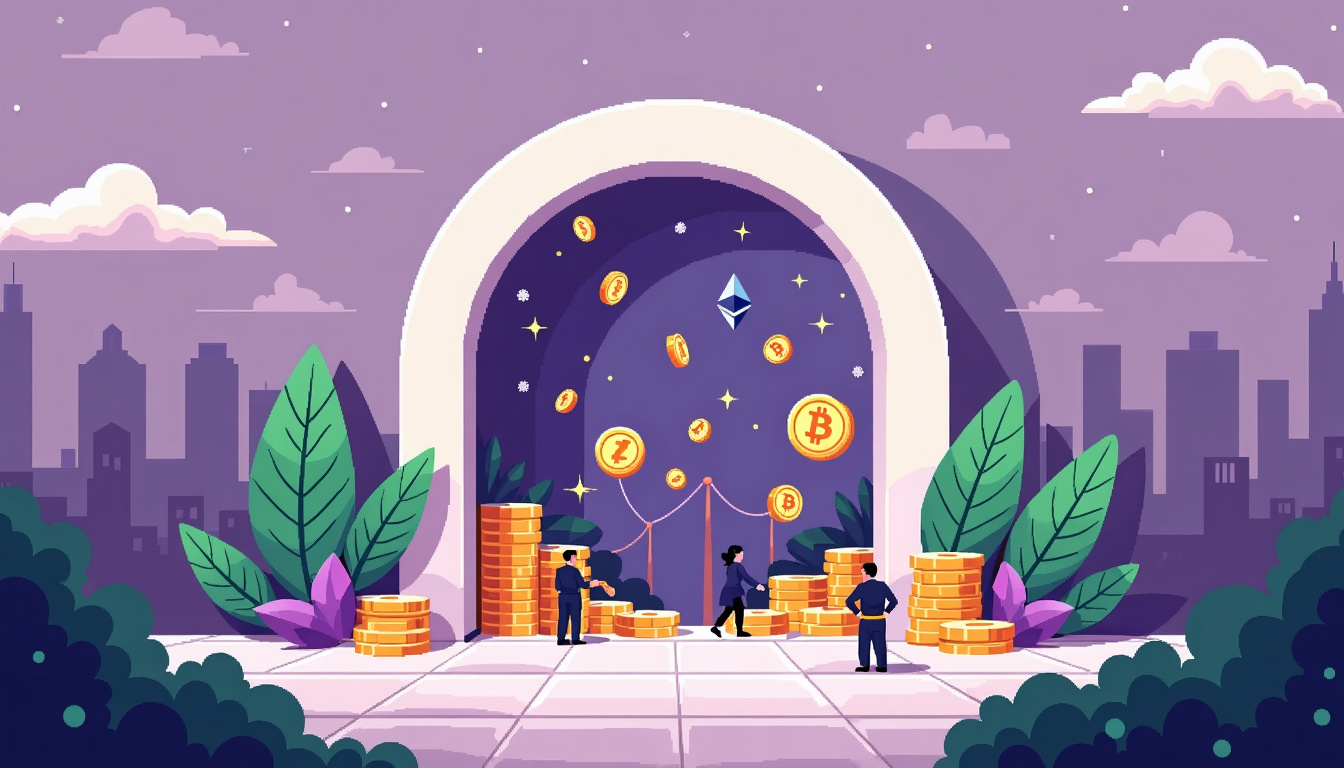
Owning 3,600 XRP places you in the top 10% of holders. Explore the market volatility, centralization concerns, and financial opportunities.

The crypto landscape is always changing, and XRP has carved out a niche for itself with its unique wealth distribution. It's one of the most concentrated digital assets out there. If you've got even a small stack of XRP, you're part of an elite club. In this post, I'm diving into what this concentration means for market dynamics, investor confidence, and potential profit.
What really sets XRP apart is how concentrated its wealth is. A handful of entities—Ripple Labs, some major exchanges, and a few big players—hold most of the circulating supply. To put it in perspective: the top 10 addresses hold around 11 billion XRP. That’s about 20% of all circulating tokens!
And here’s something wild: owning just 3,600 XRP places you in the top 10% of holders. Given the massive number of wallets out there, that’s pretty astonishing. The thresholds for different percentiles show how concentrated things are; for instance, to be in the top 1%, you need at least 67,038 XRP.
This concentration has some serious implications for market stability and investor security. Big moves from these top addresses can swing prices dramatically—just look at how markets react to large transactions.
Sure, Ripple's transparent holdings provide some level of assurance; they’re legally bound not to sell more than 1% of the monthly volume. This helps manage expectations and reduces panic selling compared to other cryptos where big holders might just dump unexpectedly.
But there are still centralization concerns. While Ripple's holdings don’t control consensus on the XRPL (it's not a PoS or PoW system), they definitely influence market behavior. And let’s be real: those large custodial addresses? They’re holding on behalf of a lot of individual investors like us.
So what does it mean to be in the top tier? For SMEs looking into crypto adoption, being able to track movements from major holders can offer strategic advantages.
Liquidity is another plus; major holders can facilitate smoother transactions—though there's always the risk that too much selling could flood the market. By maintaining significant stakes in XRP, these top holders help create scarcity—which could bode well for price appreciation down the line.
When you stack up XRP against other major cryptocurrencies like Bitcoin or Ethereum, its wealth distribution tells a different story. Bitcoin's top ten addresses hold only about 5.7% of its total supply; Ethereum shows even less concentration with many smaller balances across addresses.
XRP's structure is heavily influenced by its corporate backing; Ripple Labs and associated entities hold substantial amounts—including an escrow designed to release limited amounts each month under strict conditions.
The influence on market behavior stems largely from its use case as a bridge currency aimed at enhancing cross-border payments—a far cry from Bitcoin’s identity as digital gold or hedge against inflation.
At the end of the day, centralization can lead to volatility but also offers some stability when backed by transparent practices like those employed by Ripple Labs.
Whether you're bullish or bearish on XRP's future likely depends on your stance regarding its centralization.
For freelancers and digital nomads looking for widely accepted currencies across various platforms and jurisdictions, cryptocurrencies with clearer regulatory standings might seem more appealing.
As we navigate this evolving landscape together—one thing seems clear: exclusivity carries both risks and rewards in our journey through cryptocurrency adoption.